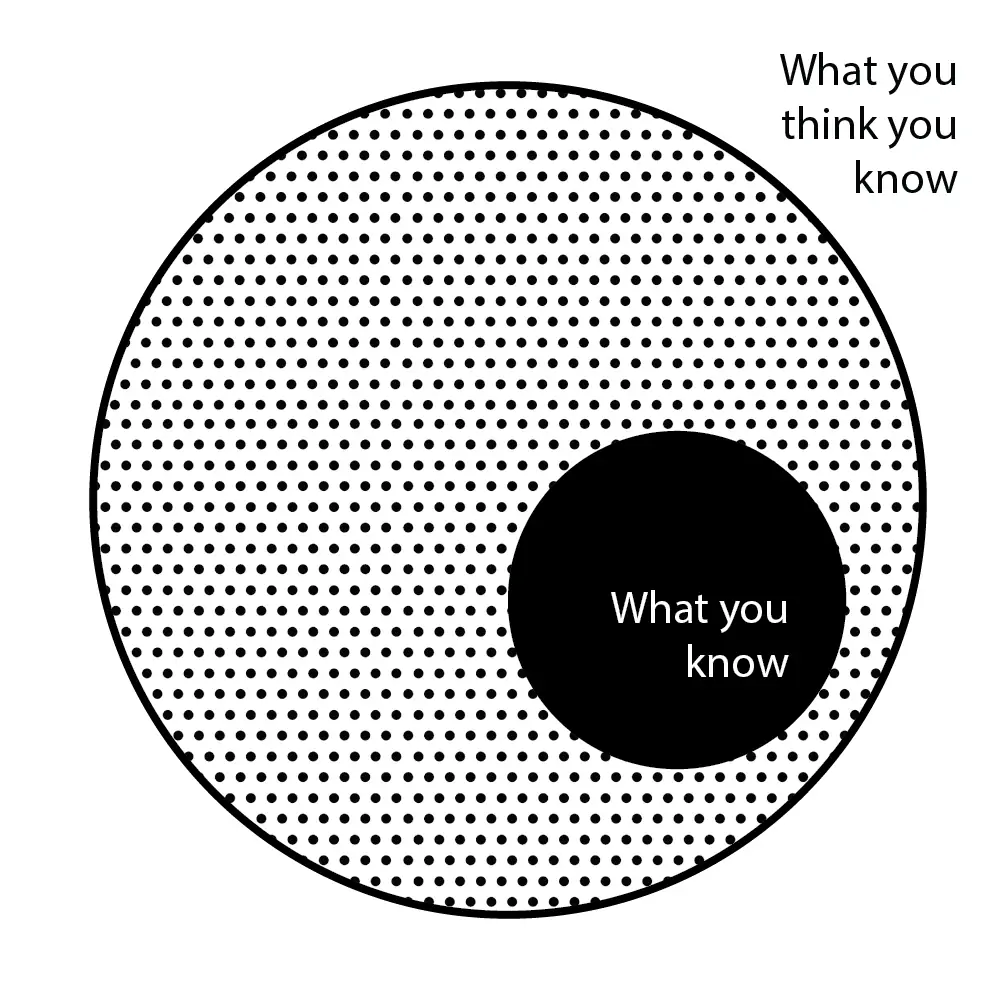The Team that Could
When it comes to managing a company, we have come a long way. Thankfully, employees are no longer just cogs in the machinery of a business. In Charles Dicken’s satirical book, Hard Times, published in 1854, factory workers were referred to as “hands.” Nothing more: just hands. Thankfully, today the employee is viewed as much more. In the most successful companies, he or she is considered a valuable team player and vital to business success. Today the goal is to create a true partnership between employee and employer and a highly interdependent team mind-set within the company. When the work environment is right, the employee finds a fulfilling outlet for her skills and the rewards roll in for both employer and employee. Check out this letter from former Microsoft employee, Alex Hinrichs, to see how positive such a work environment can be.
Social Animals at Home and at Work
Science has long shown that we are social creatures. This need for a social community doesn’t stop when we get to our place of work each morning. Gone are the days when employees are confined to cubicles, forced to produce their best work in cave-like isolation with only infrequent breaks at the office water cooler. Now it’s clear that a culture of working together brings about many positive outcomes. Hinrichs makes a point of this when he shares “the most important lessons I’ve learned at Microsoft”. He begins the list with the following statement; his emphasis on solid human connections looms large.
“Engineering is all about people. Big software projects are built by giant human systems. And giant human systems run on relationships. Good relationships require trust. Trust is built via daily face-to-face rituals.”
There are obvious strengths in the system if synergy and the right mix of people is in place. A team with good chemistry is priceless. The best work comes from individual effort and group collaboration. Both are equally important.
See the Person Behind the Employee
History is rife with groups of people oppressing other groups either through acts of war or something far more insidious like slavery. Arguably, the most advanced and productive civilizations in the world are those that treat its citizens equally. Scale this concept down and apply it to your place of work. Don’t take shortcuts with people and don’t assume the small stuff doesn’t matter. Make an effort to respond to your employees as individuals and get to know their interests and motivations. Take the time to learn about how team members work most productively and provide feedback on work projects that is detailed and specific.
Find Each Employee’s “Circle of Competence”
Warren Buffet uses the phrase “circle of competence” to refer to the unique skill set of each individual. He suggests people stay within that “circle” and master the use of those skills; he stresses the risks of venturing beyond the “boundaries” into areas where we lack competence. Help employees focus on areas in which they are already strong and for which their particular skill set is a good match. Don’t ask your most insightful programmer to toil away at routine coding problems. Your technical writer probably shouldn’t be working on general marketing pieces. Find the field that fits.

Protecting the Team
Do you remember the scene in the 1971 movie, Willy Wonka and the Chocolate Factory, when the character Veruca Salt, in her fury to get a golden goose, trips the bad egg sensor and disappears through a trap door in the floor? When necessary, this should happen at work as well (without the trap door of course). Quickly toss out the hires that negate, through difficult and self-serving behavior, the team’s ability to function. When it comes to people who take more away from the team than they give, cut your losses fast! It’s not worth the hassle.
We are in this Together
Again, former Microsoft employee Hinrichs’ short but powerful statement wins the day. He writes, “If no one knows who is doing something, then YOU do it.” It’s easy to think that a white board dense with writing means you are getting things done; we all know it doesn’t work that way. With greater independence and more opportunity to engage and make a difference comes the need to give your employees more responsibility. Avoid a top-down management style and encourage employees to step up to the plate and take ownership. Encourage proactivity and a “can do” attitude. Again, from former Microsoft employee, Hinrichs:
“Everything about the work was implausible. Too many unsolvable physics problems, schedule too tight, manufacturing requirements too precise, thermals too high, too many miracles required. It simply couldn’t be done. Until we did it.”
Make Work Worthwhile
The recipe for retaining and nurturing talent within your company is fairly simple because people’s basic needs are usually pretty simple. We have families, participate on sports teams and hang out with friends in order to fulfill a social need. Not surprisingly, we look for satisfying social connections at work as well. When those satisfying work connections drive employees to push themselves, test limits and ultimately produce an excellent work product, it’s a potent mix. Give your employees plenty of outlets to develop their strengths, help them feel fulfilled individually and within the team, and the gains will multiply across the board. This is the team that COULD.
Also Read: The (Symbiotic) Relationship Between Employer and Employee





















